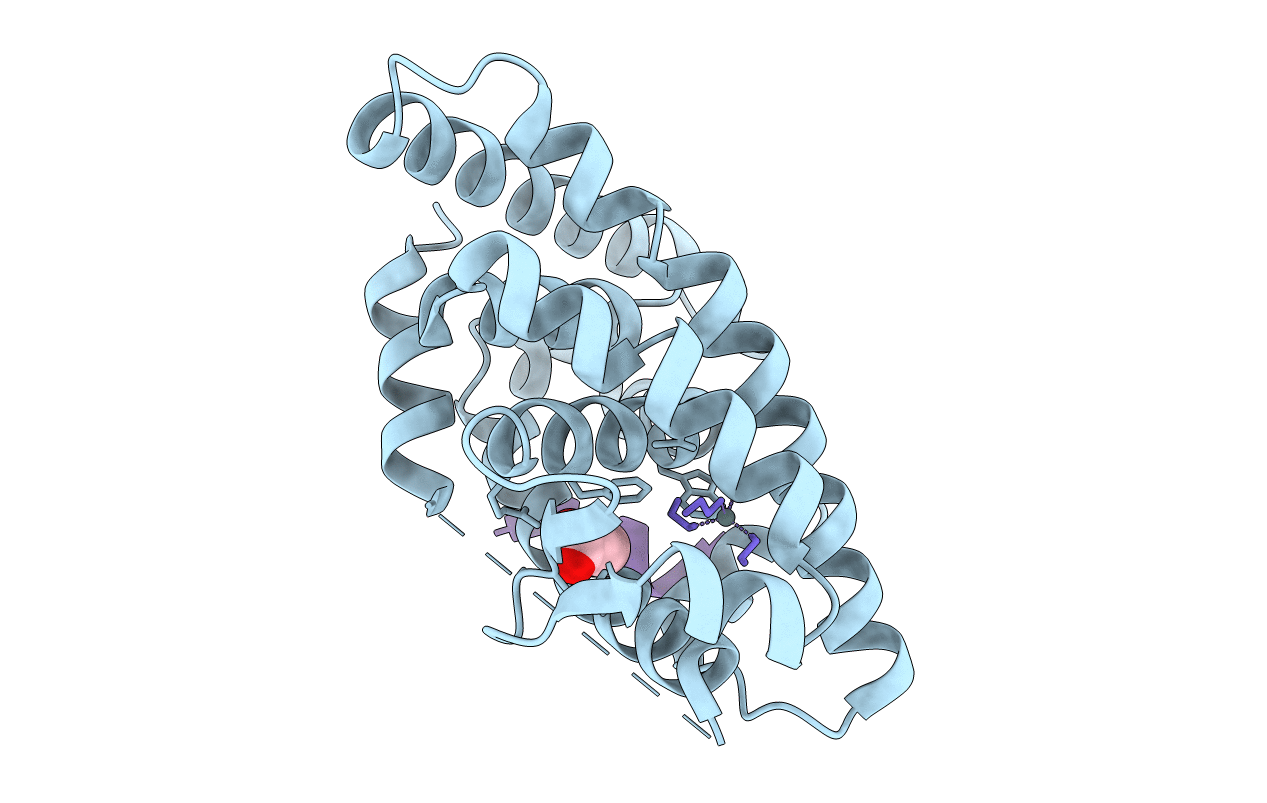
Deposition Date
2008-08-21
Release Date
2009-03-10
Last Version Date
2023-08-30
Entry Detail
PDB ID:
3E94
Keywords:
Title:
Crystal structure of RXRalpha ligand binding domain in complex with tributyltin and a coactivator fragment
Biological Source:
Source Organism:
Homo sapiens (Taxon ID: 9606)
Host Organism:
Method Details:
Experimental Method:
Resolution:
1.90 Å
R-Value Free:
0.22
R-Value Work:
0.19
R-Value Observed:
0.19
Space Group:
P 43 21 2


